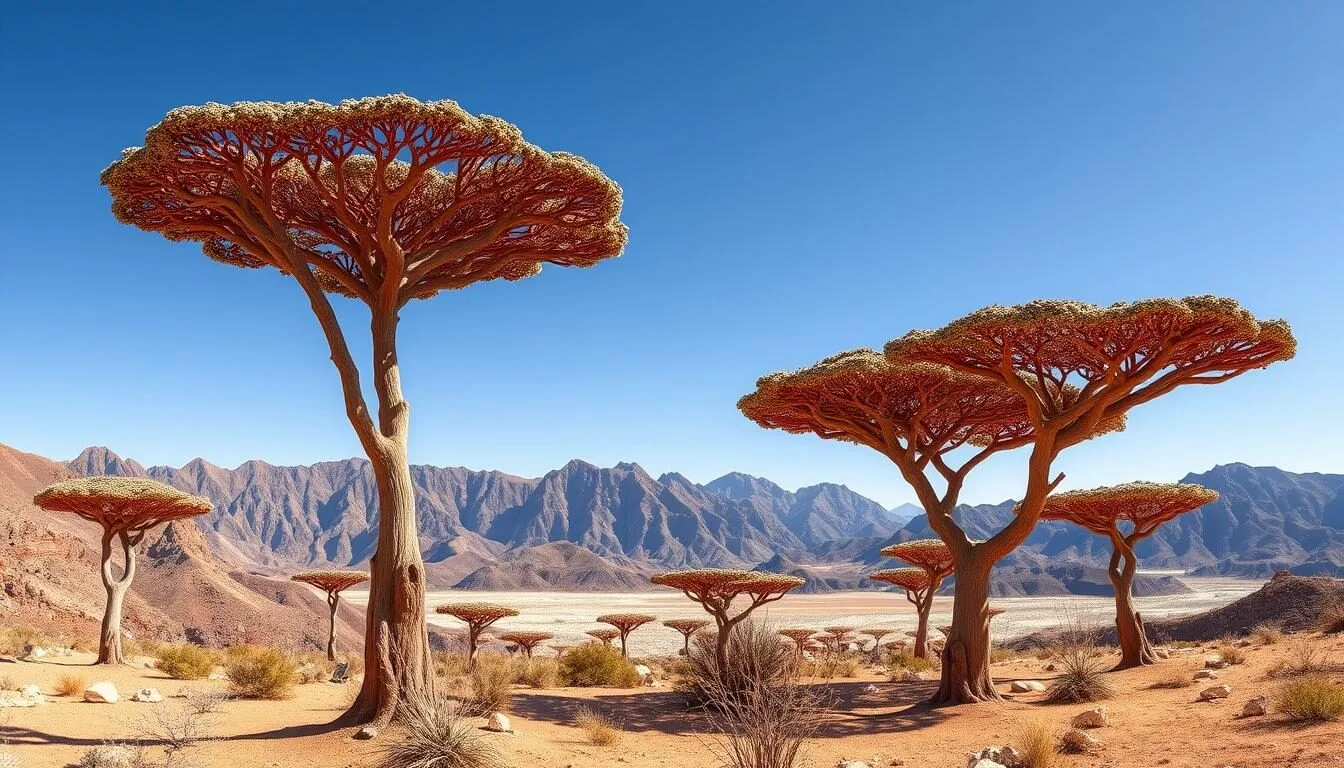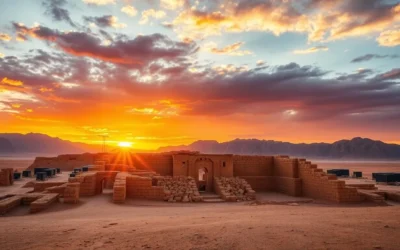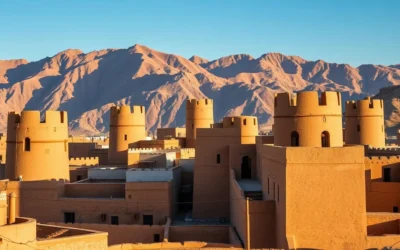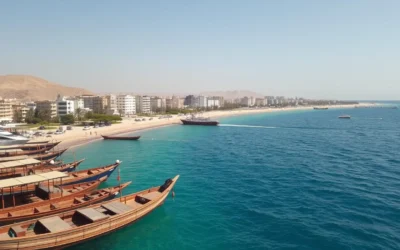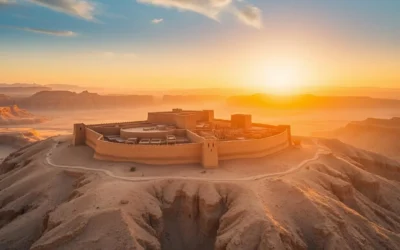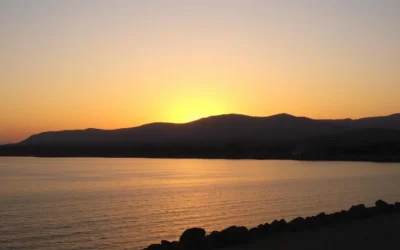Did you know that nearly 37% of Socotra’s plant species are found nowhere else on Earth? This remote Yemeni island in the Arabian Sea is often called “the most alien-looking place on Earth” — and for good reason. With its otherworldly Dragon Blood trees, pristine white beaches, and unique ecological systems, Socotra offers travelers an experience that feels like visiting another planet entirely.
Located about 380 km (236 miles) south of Yemen’s mainland, this UNESCO World Heritage Site remains one of the world’s last truly untouched destinations. Whether you’re drawn to its endemic flora, crystal-clear waters, or simply the adventure of exploring somewhere few travelers ever reach, Socotra promises an unforgettable journey for those willing to venture off the beaten path.
Best Time to Visit Socotra
Timing your visit to Socotra is crucial for an optimal experience. The island’s climate is heavily influenced by monsoon seasons, which can significantly impact your travel plans.
Recommended Months (October-April)
The ideal time to visit Socotra is during the dry season from October through April. During these months, you can expect:
- Pleasant temperatures ranging from 25-30°C (77-86°F)
- Clear skies perfect for photography
- Calm seas for snorkeling and boat trips
- More reliable flight schedules
- Accessible hiking trails and beaches
November to February offers the most comfortable temperatures and consistent weather patterns, making it the absolute peak season for tourism.
Months to Avoid (May-September)
The monsoon season from May through September brings challenging conditions:
- Strong winds, especially on the south coast
- Potential flight cancellations due to weather
- Rough seas making boat trips dangerous
- Limited access to certain attractions
- Temperatures reaching 35°C (95°F) with high humidity
July and August are particularly difficult months for travel as many tour operators suspend operations entirely due to unpredictable weather conditions.
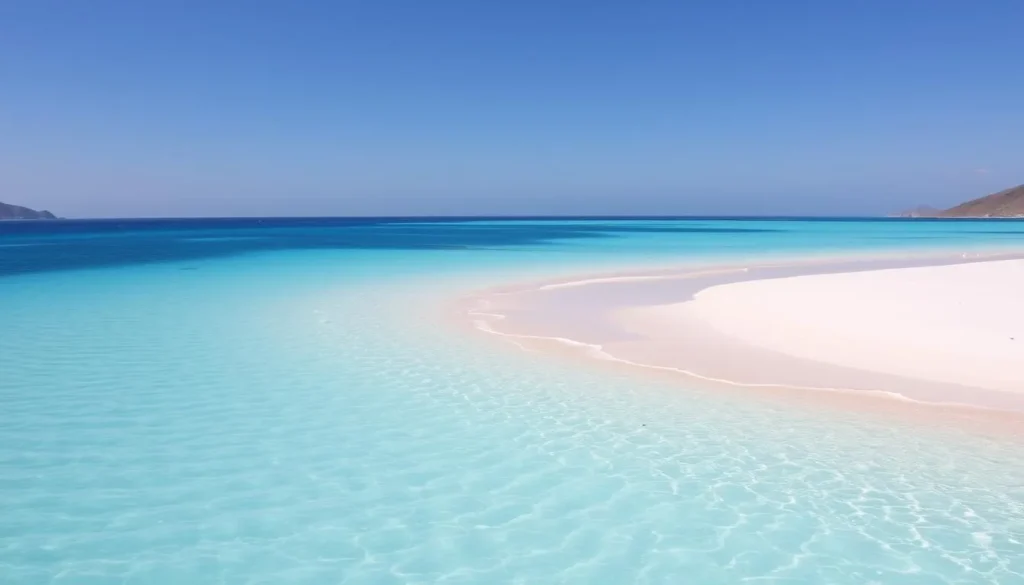
Getting There & Planning Your Journey
Reaching Socotra requires careful planning as transportation options are limited and often change based on regional politics and weather conditions.
Flight Options
Currently, the most reliable way to reach Socotra is via weekly charter flights from Abu Dhabi, UAE. These flights are typically operated by Air Arabia and run once or twice per week depending on the season. It’s important to note that you cannot book these flights independently – they must be arranged through a tour operator.
Visa Requirements
All visitors to Socotra require a Yemeni visa. However, the standard process for obtaining a Yemeni visa doesn’t apply for Socotra. Instead, your tour operator will arrange a special permit for you. This permit is typically processed about 2-3 weeks before your trip, and you’ll need to provide:
- A scanned copy of your passport (valid for at least 6 months)
- Your profession (certain professions like journalists may face additional scrutiny)
- A passport-style photo
Tour Operators
Visiting Socotra independently is not possible – you must book through a licensed tour operator who will arrange your flights, accommodation, transportation, and guide. Popular operators include Socotra Specialty Tours and Traveling Socotra, both of which receive positive reviews from previous travelers.
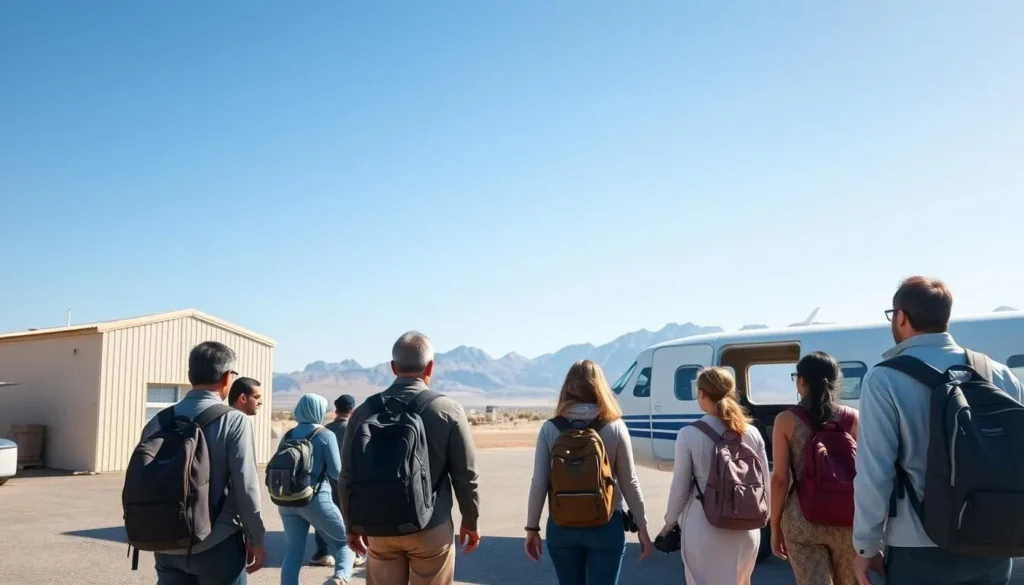
Where to Stay in Socotra
Accommodation on Socotra is basic by international standards, but this is part of the island’s charm and authentic experience. Your expectations should be adjusted accordingly.
Hotels in Hadiboh
Hadiboh, the main town, offers the island’s only proper hotels:
- Summerland Hotel – The most established option with basic rooms, air conditioning, and occasionally reliable Wi-Fi
- Taj Socotra Hotel – Newer option with slightly better amenities
- Expect simple rooms with private bathrooms, though hot water may be intermittent
Camping
Most Socotra itineraries include camping, which offers the most immersive experience:
- Tour operators provide all necessary camping equipment
- Sleep under incredible star-filled skies
- Camp at spectacular locations like Arher Beach and Diksam Plateau
- Basic toilet facilities at established campsites
Eco-Lodges
A few basic eco-lodges are emerging on the island:
- Simple bungalows constructed from local materials
- Often run by local families
- Limited electricity (usually solar-powered)
- Authentic cultural experience with home-cooked meals
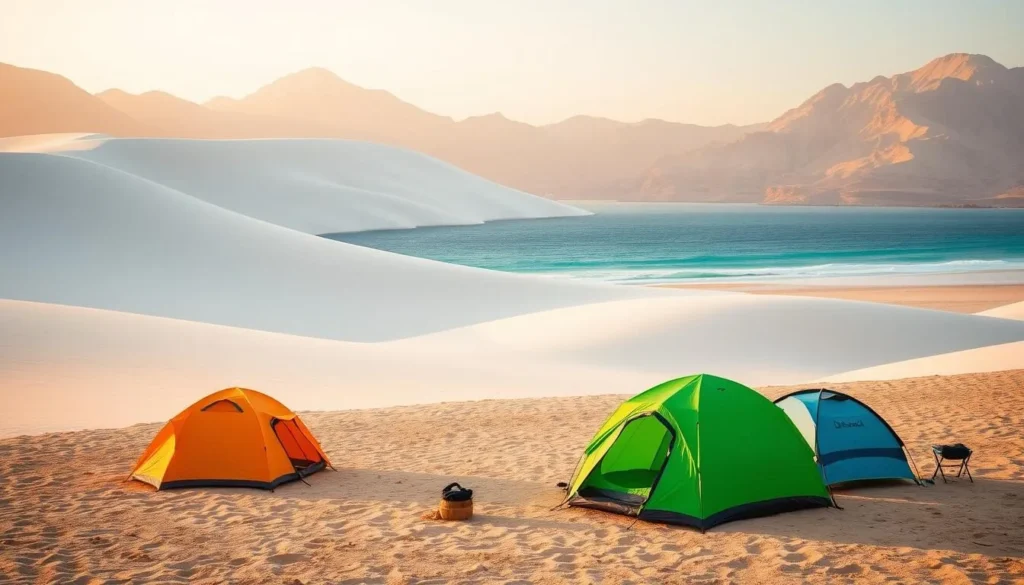
Getting Around Locally
Transportation on Socotra is exclusively arranged through your tour operator, as there is no public transportation system and no car rental services available to tourists.
4×4 Vehicles
The primary mode of transportation is 4×4 vehicles (typically Toyota Land Cruisers or similar) with experienced local drivers. These vehicles are essential for navigating Socotra’s challenging terrain, which includes:
- Unpaved mountain roads with steep inclines
- Sandy coastal paths
- Rocky plateaus and wadis (dry riverbeds)
- Stream crossings during the wet season
Boat Transportation
To reach certain coastal attractions like Shoab Beach, you’ll need to arrange boat transportation through your guide. These are typically small fishing boats operated by local fishermen. The sea can be rough, especially during windy seasons, so these excursions are weather-dependent.
Hiking
Many of Socotra’s most spectacular sites require hiking to access. Trails range from easy 20-minute walks to challenging multi-hour treks. Your guide will advise on appropriate footwear and water requirements for each excursion.
Top 10 Things to Do in Socotra
Socotra’s otherworldly landscapes offer unique experiences you won’t find anywhere else on Earth. Here are the absolute must-see attractions and activities during your visit.

1. Explore Dragon Blood Tree Forests at Diksam Plateau
The iconic Dragon Blood trees (Dracaena cinnabari) are Socotra’s most famous natural wonder. These prehistoric-looking trees with their distinctive umbrella shape are found nowhere else on Earth. The best place to see them is Diksam Plateau and Firmihin Forest, which contains the highest concentration of these remarkable trees.
The trees get their name from their red sap, which locals have traditionally used for medicine and dye. Many of these trees are hundreds of years old, growing slowly in this harsh environment. For the best photography opportunities, visit during early morning or late afternoon when the light creates dramatic shadows beneath their canopies.
2. Relax at Detwah Lagoon
Often described as one of the most beautiful beaches in the world, Detwah Lagoon features crystal-clear turquoise waters, pristine white sand, and dramatic limestone formations. Located near the fishing village of Qalansiya on the western end of the island, this protected marine area offers excellent snorkeling opportunities where you might spot stingrays, pufferfish, and sea turtles.
The lagoon is particularly beautiful at low tide when natural pools form, creating perfect swimming conditions. Consider camping overnight here to experience both sunset and sunrise over this spectacular landscape.
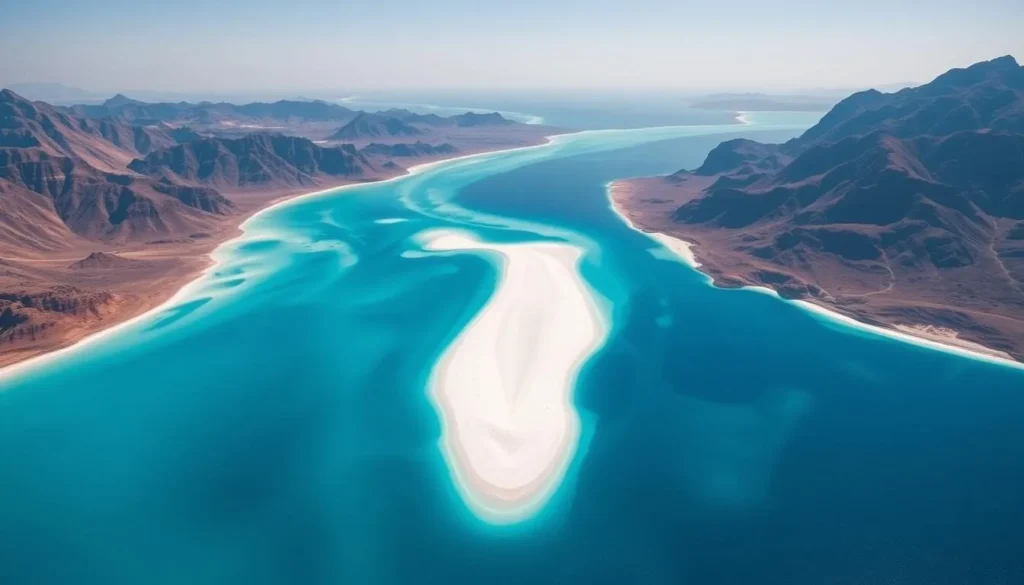
3. Swim in Homhil Natural Pool
After a moderate 30-minute hike through a landscape dotted with bottle trees and desert roses, you’ll reach the famous “infinity pool” at Homhil Protected Area. This natural freshwater pool sits on a cliff edge with spectacular views over the Arabian Sea. The cool, clear water offers welcome relief from hiking, especially during warmer months.
The surrounding area is rich in endemic plant species, including the cucumber tree and frankincense trees. Keep your camera ready for the breathtaking views from the pool’s edge, where it appears the water drops off directly into the ocean below.
4. Climb the Dunes at Arher Beach
Arher Beach features massive white sand dunes that rise dramatically from the shoreline to meet towering limestone cliffs. The contrast between the white sand, turquoise water, and rugged mountains creates one of Socotra’s most photogenic landscapes.
Challenge yourself to climb the steep dunes for panoramic views of the coastline. At the base of the dunes, freshwater springs emerge and flow directly into the sea, creating a unique spot where you can rinse off in fresh water after swimming in the ocean. This is also an excellent camping location, offering unforgettable sunrise views.

5. Explore Hoq Cave
Hoq Cave is one of the largest cave systems on Socotra, extending approximately 3 km (1.9 miles) into the limestone mountains. The cave entrance sits about 300 m (984 ft) above sea level, requiring a moderately challenging 1-hour hike to reach. Inside, you’ll discover spectacular stalactites and stalagmites formed over millions of years.
Archaeological evidence suggests the cave was used by sailors and traders as far back as the 1st century CE, with inscriptions in various ancient languages still visible on some walls. Bring reliable flashlights, as the cave becomes completely dark beyond the entrance chamber.
6. Snorkel at Dihamri Marine Protected Area
Dihamri offers Socotra’s best snorkeling and diving opportunities, with healthy coral reefs just offshore teeming with marine life. The protected status of this area has allowed marine ecosystems to flourish, making it possible to spot colorful reef fish, moray eels, rays, and occasionally sea turtles.
Equipment can be rented on-site, though availability is limited and quality varies. If snorkeling is a priority, consider bringing your own mask and snorkel. The best conditions are typically found in the morning when the water is calmest.
7. Wade Through Wadi Dirhur Canyon
This impressive limestone canyon cuts through the heart of Socotra, creating a dramatic landscape of steep walls and a lush valley floor. During the wet season, a freshwater stream flows through the canyon, supporting date palms and other vegetation that create a stark contrast to the surrounding arid terrain.
The canyon offers excellent hiking opportunities and cool swimming holes where you can refresh yourself. The area is also home to numerous endemic bird species, making it a favorite spot for birdwatchers.
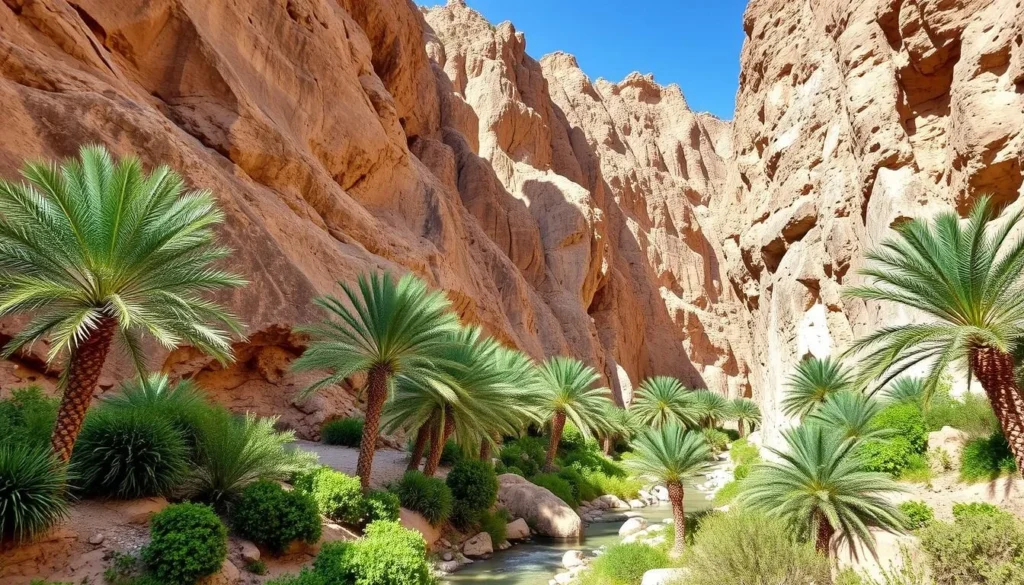
8. Visit Zahek Sand Dunes
The pristine white sand dunes of Zahek stretch along Socotra’s southern coast, creating an almost surreal landscape where the desert meets the Indian Ocean. The fine, powdery sand forms ever-changing patterns with the wind, making each visit unique.
Sunset is the ideal time to visit when the low angle of light creates dramatic shadows and the sand takes on a golden hue. The dunes are also a popular camping spot, offering a peaceful night under the stars with the sound of waves in the background.
9. Swim in Kalisan Wadi (Canyon)
This stunning limestone canyon features crystal-clear freshwater pools perfect for swimming. The smooth, white rock formations have been polished over millennia by seasonal water flows, creating a landscape that feels almost otherworldly.
A moderate hike is required to reach the best swimming spots, but the effort is well rewarded with refreshing pools surrounded by dramatic canyon walls. The water level varies seasonally, with the most impressive flows occurring shortly after the rainy season.
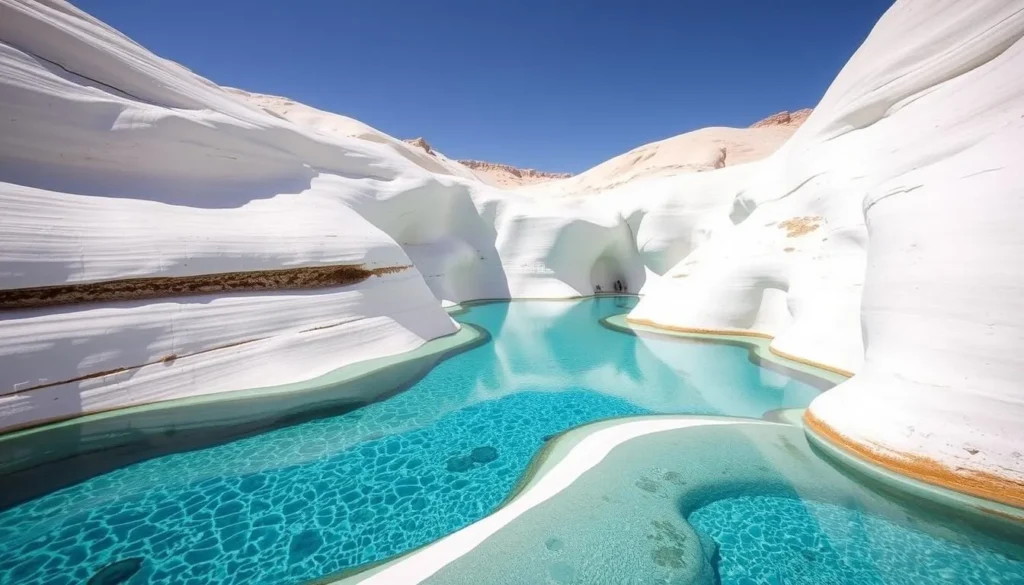
10. Take a Boat Trip to Shoab Beach
Accessible only by boat from the village of Qalansiya, Shoab Beach is widely considered one of Socotra’s most beautiful coastal areas. The hour-long boat journey offers opportunities to spot dolphins playing in the wake, while the destination rewards visitors with pristine white sand and crystal-clear water.
The beach is rarely visited due to its remote location, giving you a good chance of having this paradise all to yourself. The boat trip can be arranged through your tour guide and typically includes time for snorkeling and a picnic lunch on the beach.
Dining & Local Cuisine
Socotra’s cuisine is simple and heavily influenced by its island geography, with seafood playing a central role in most meals. Dining options are limited, with most meals provided by your tour operator.
What to Expect
Food on Socotra is fresh but basic. Most meals consist of:
- Freshly caught fish (often grilled or fried)
- Rice with simple spices
- Flatbread (similar to Indian chapati)
- Dates and locally grown fruits
- Vegetables (when available)
- Tea (served sweet and with cardamom)
Breakfast typically includes eggs, bread, honey, and tea. Lunch and dinner center around fish and rice. Vegetarians can be accommodated with advance notice to your tour operator, though options may be limited.
Where to Eat
There are very few restaurants on Socotra:
- Hadiboh has several simple restaurants serving fish and rice dishes
- Al-Hawta Restaurant is one of the more established options in Hadiboh
- Some guesthouses offer home-cooked meals
- When camping, your guide/cook will prepare meals over an open fire
Don’t expect menus or choices – typically, you’ll be served whatever is fresh and available that day. This simplicity is part of the authentic Socotra experience.
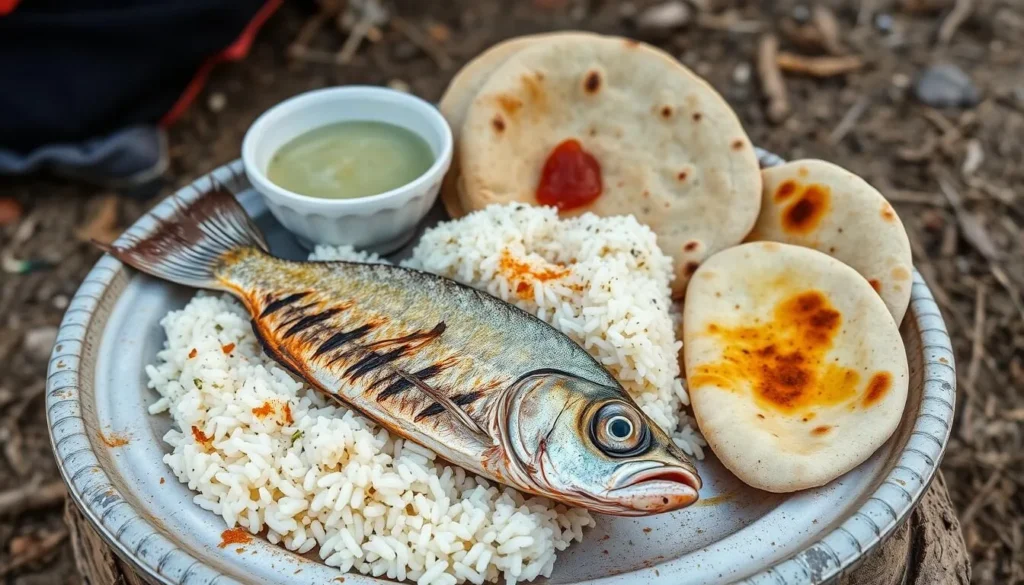
Practical Travel Tips
Visiting Socotra requires preparation and flexibility. Here are essential tips to ensure your journey goes smoothly.
What to Pack
- Lightweight, modest clothing (covering shoulders and knees)
- Sturdy hiking shoes and water sandals
- High SPF sunscreen (reef-safe for snorkeling)
- Wide-brimmed hat and sunglasses
- Headlamp or flashlight with extra batteries
- Portable power bank (electricity is limited)
- Basic first aid kit and personal medications
- Biodegradable toiletries and wet wipes
- Quick-dry towel and swimwear
Money & Communications
- Bring all cash in USD (no ATMs on the island)
- Small denominations ($1-$20) for tips and small purchases
- There is very limited mobile coverage (only in Hadiboh)
- No reliable internet access anywhere on the island
- Consider renting a satellite phone for emergencies
- Download offline maps before arrival
- Inform family/friends of your itinerary in advance
Health & Safety
- Drink only bottled or purified water
- Bring water purification tablets or a filter
- Pack anti-diarrheal medication and rehydration salts
- Apply insect repellent, especially at dusk
- Check with your doctor about antimalarials
- Comprehensive travel insurance is essential
- Respect local customs and dress modestly
- Always follow your guide’s safety instructions

Safety, Etiquette & Local Customs
Socotra is generally safe for tourists, but understanding local customs and respecting cultural norms is essential for a positive experience.
Cultural Considerations
- Dress modestly – both men and women should cover shoulders and knees
- Ask permission before photographing local people, especially women
- Remove shoes when entering homes or mosques
- Use your right hand for eating and greeting
- Public displays of affection are inappropriate
- Alcohol is prohibited throughout the island
- During Ramadan, be respectful by not eating or drinking in public during daylight hours
Environmental Responsibility
Socotra’s unique ecosystem is fragile and vulnerable to human impact. Practice responsible tourism by:
- Taking all trash with you (pack it in, pack it out)
- Using biodegradable soap and shampoo
- Staying on established trails to prevent erosion
- Never breaking branches or collecting specimens from endemic plants
- Using reef-safe sunscreen when swimming or snorkeling
- Minimizing water usage, as freshwater is precious on the island
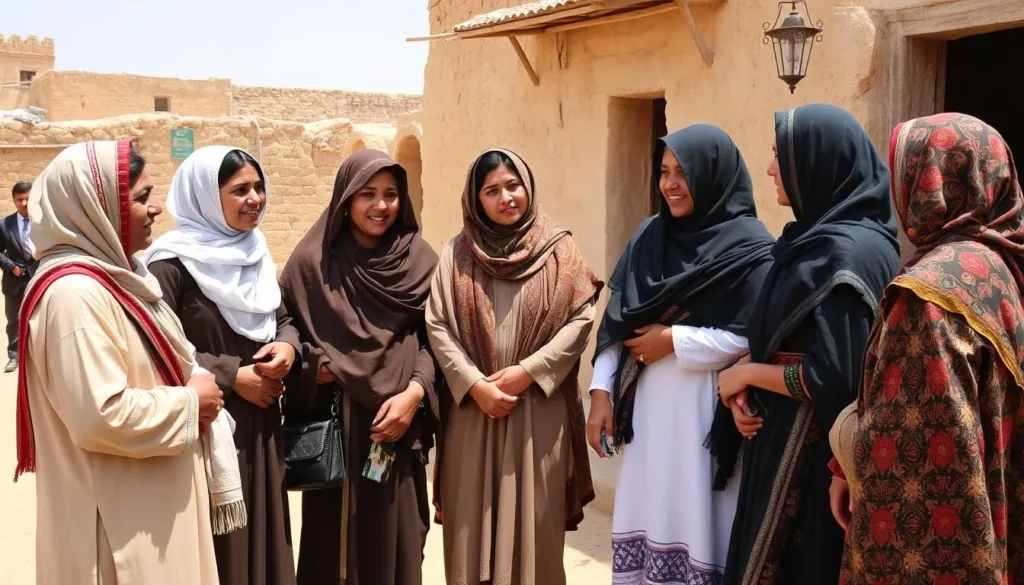
Ready for Your Socotra Adventure?
Socotra remains one of the world’s last truly untouched destinations – a living museum of evolutionary wonders that feels like stepping onto another planet. From the iconic Dragon Blood trees to pristine beaches and limestone canyons, every corner of this island offers experiences you’ll find nowhere else on Earth.
While reaching Socotra requires effort and advance planning, those who make the journey are rewarded with unparalleled natural beauty and the satisfaction of visiting one of the world’s most unique destinations before mass tourism arrives. Pack your sense of adventure, bring your camera, and prepare to be amazed by this otherworldly island paradise.
